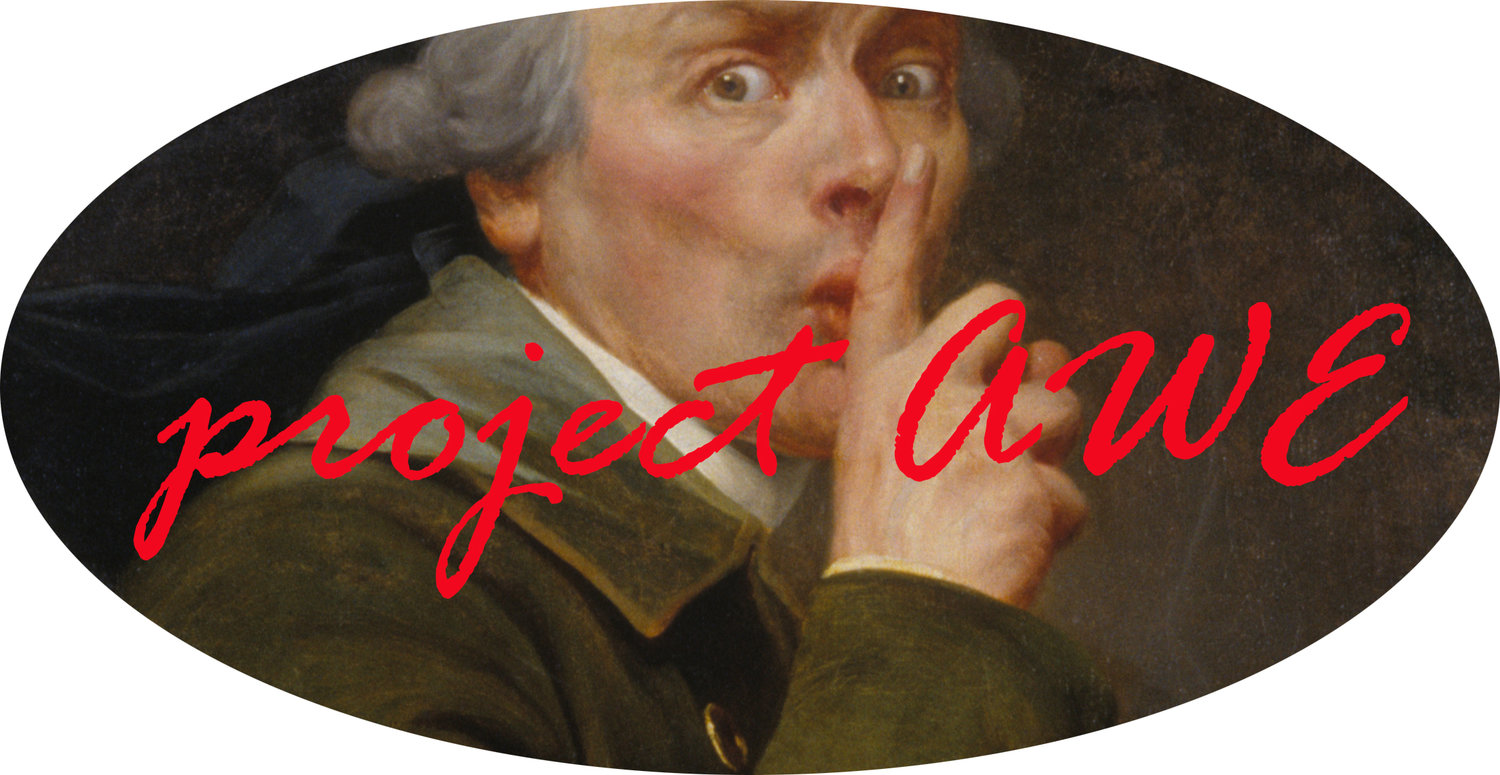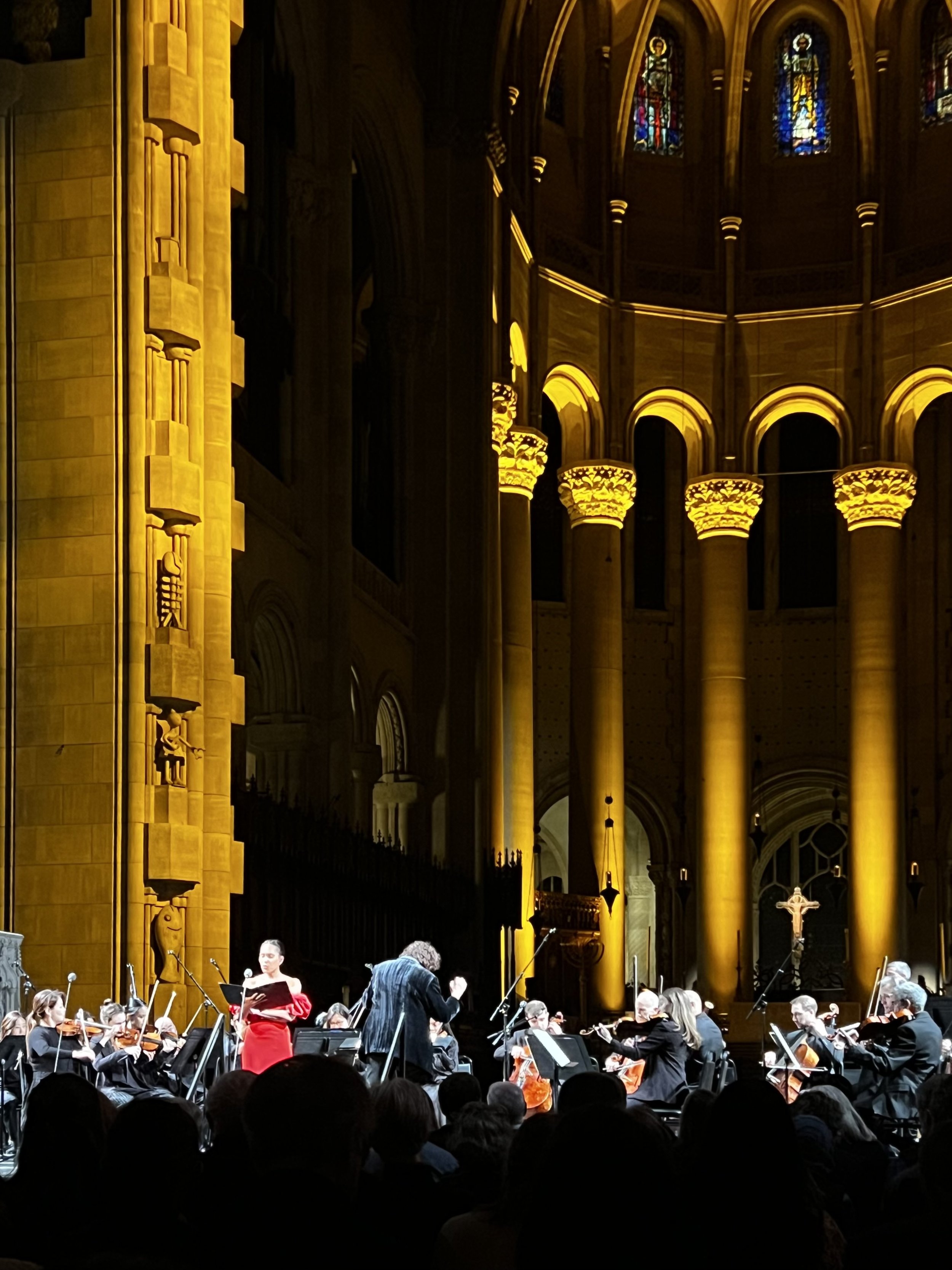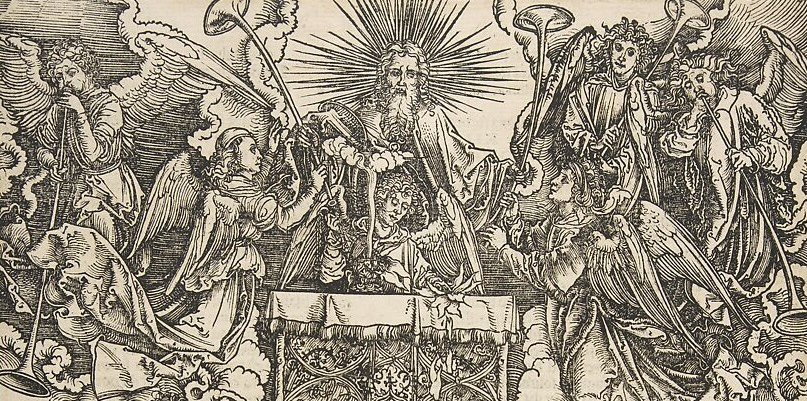By Nikka Gershman, flute soloist, composer, and juilliard kovner fellow
Talise Trevigne, soprano, under the baton of Nathalie Stutzmann with the New York Philharmonic at the Cathedral of St. John the Divine.
January 17th, 2025, was a much-anticipated date in the cultural scene of New York City, showcasing the world-renowned conductor Nathalie Stutzmann leading the New York Philharmonic at the Cathedral of St. John the Divine. The grandiose space of the largest gothic cathedral in the world was completely packed wall-to-wall, made accessible to over a thousand listeners free of charge.
“This cathedral was built as a house of prayer for all people, regardless of religion, and music is a form of worship”, said the Dean of the Cathedral, Patrick Malloy, in his welcoming remarks.
An evocative event title, “Bach: From Darkness to Light”, introduced an all-Bach program, beginning with his tragic “dark” Cantata BWV 56, Ich will den Kreuzstab gerne tragen, featuring baritone soloist Leon Košavić in his New York Philharmonic debut. It is hard to believe that Bach’s iconic music was almost completely unpublished during his lifetime. The pivotal moment in Bach’s “revival” was marked by the celebrated composer Felix Mendelssohn conducting Bach’s “St. Matthew Passion” in 1829, 79 years after Bach’s death.
This particular cantata was written in 1726 while Bach was the director of church music in Leipzig, and in this capacity, he was expected to write a cantata for each Sunday and Feast Day during the liturgical year. The modern audience is used to listening to Bach’s works in the large concert hall, but this New York Philharmonic performance was a return to the space where the music was conceived. The stained-glass windows, enormous ceiling evoking the heavens, and walls of the cathedral reverberated the sound in a completely different way than the contemporary concert hall. One could sense countless prayers embedded in the 126-year-old cathedral, contributing to an otherworldly experience. When the Voices of Harlem chorus joined Košavić in the closing chorale of the cantata, "Komm, o Tod, du Schlafes Bruder" (Come, o death, you brother of sleep), one could sense Bach’s yearning for death to fully connect with God. It is said that Bach’s last words were “Don't cry for me, for I go where music was born”. In this way, we can understand what Dean Malloy meant by saying music is a form of worship.
Linking the two great cantatas between “darkness” and “light” was the ethereal Sonata from the Musical Offering, where a gorgeous harpsichord took center stage in a combination of historical and modern instruments. In contrast to the earlier gloomy ambiance, the concert concluded with Cantata BWV 51, Jauchzet Gott in Allen Landen, which presented the audience with an uplifting praise to the glory of God in the world of the living.
The patron saint of St. John the Divine Cathedral is attributed as the author of the Book of Revelations. In Revelation 8:1-2, John describes “seven angels who stood before God [and] were given seven trumpets” to initiate the Day of Judgement. In this cantata, it is therefore not surprising that Bach featured the angelic timbre of the trumpets rising high above the orchestra in numerous solos.
Albrecht Dürer, The Seven Angels with the Trumpets, from "The Apocalypse" (detail), 1511, the Metropolitan Museum of Art.
The vocal soloist, Grammy-nominated soprano Talise Trevigne, had a striking stage presence and captivated the audience with her sublime voice. The repeated motive of chanting Hallelujah originates from the Hebrew words “hallel”, meaning “praise”, and “Yah”, short for God’s sacred name, YHWH (Yahweh in modern English), leaving the audience with a sense of celebration.
The jewel of the program was the remarkable conductor Nathalie Stutzmann. The CEO of the New York Philharmonic, Matías Tarnopolsky, presented Stutzmann as one of the “greatest singers of her generation”. Her deep understanding and appreciation of Bach’s contributions to the vocal repertoire made her a unique choice for conducting this program. While leading the orchestra, her intentions to the musicians were communicated in an effortless and direct manner, making the ensemble come together as one entity. Stutzmann’s attention to detail and emotional sensitivity elevated the performance to new heights.
It was a night to remember, exemplifying the importance of venturing beyond the walls of the traditional concert hall to keep classical music relevant to contemporary audiences of all backgrounds. Bach’s music creates an experience that allows the listener to transgress the boundaries of the living and the dead, and through this program, the master himself was brought back to life.



